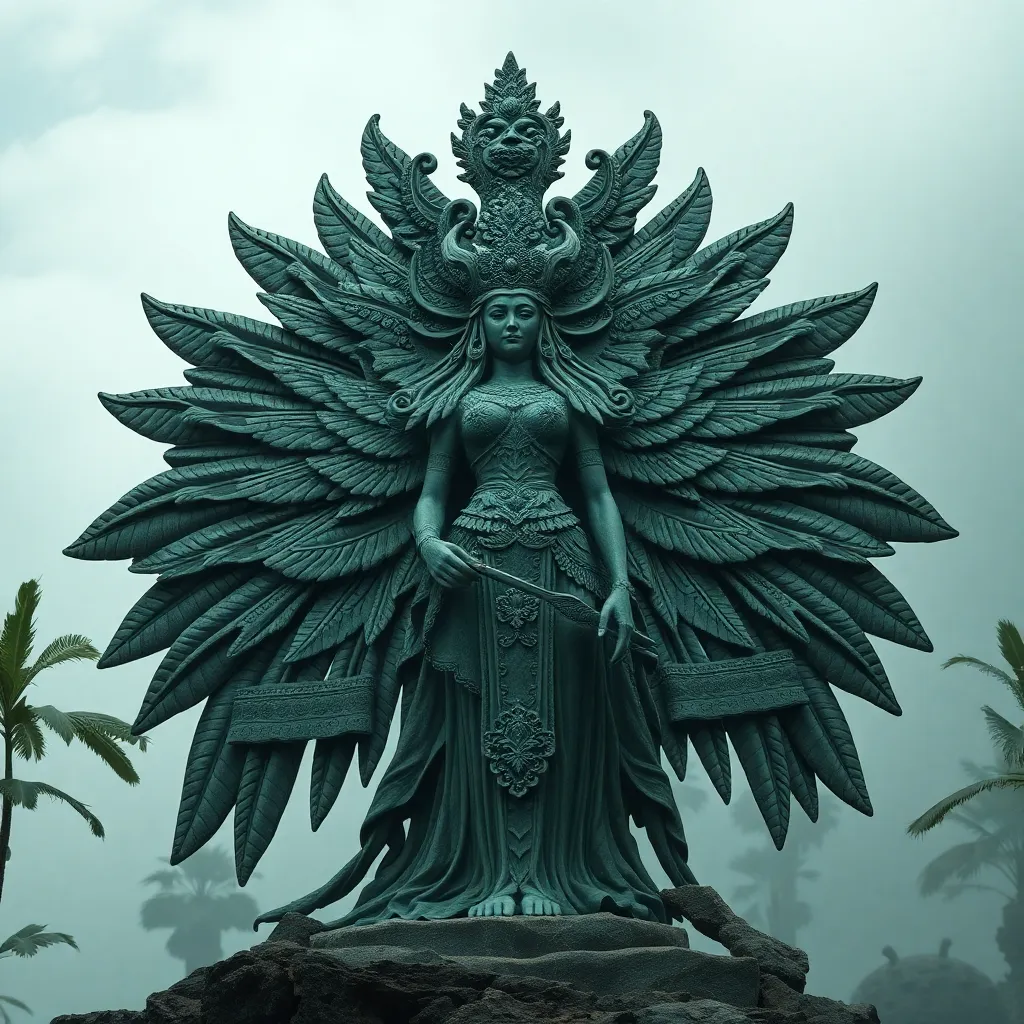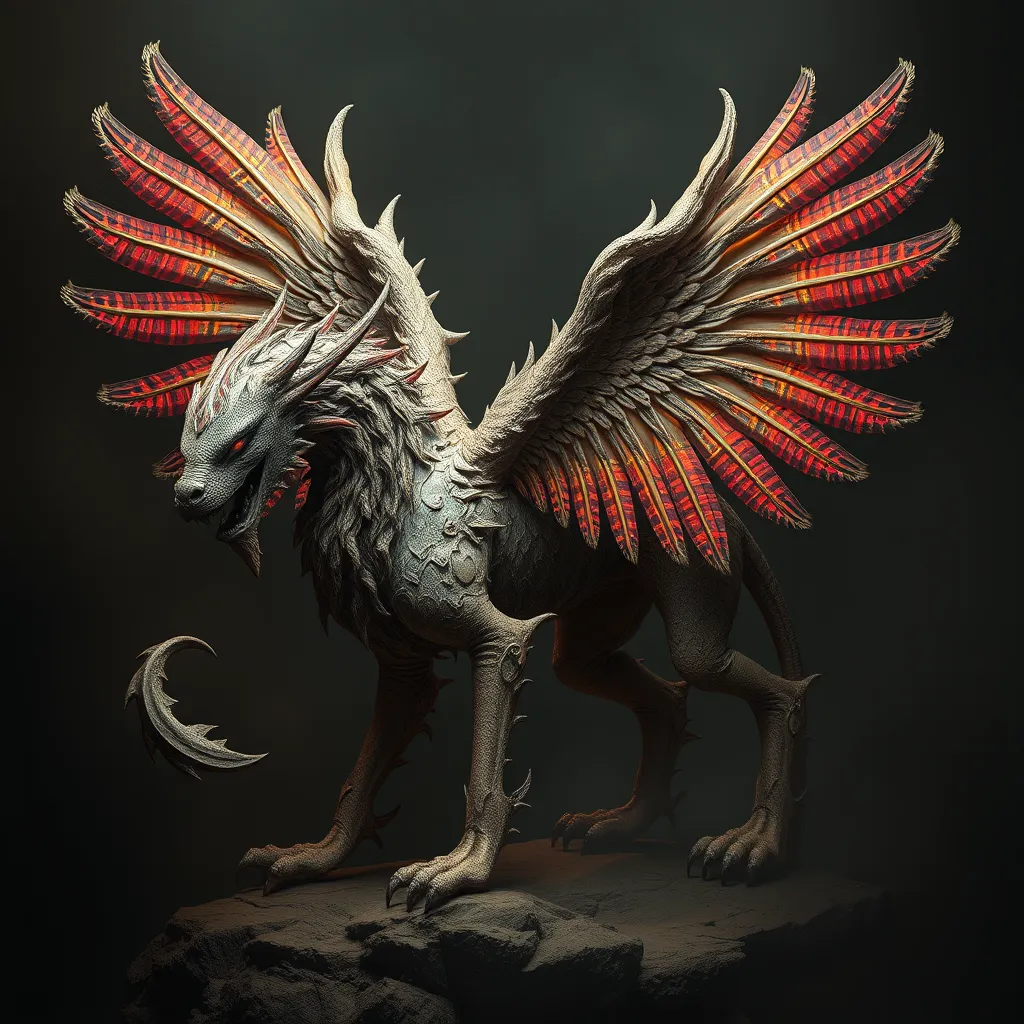The Haunting of the Kappa: Navigating the Rivers of Japanese Legend
I. Introduction
The Kappa is one of the most intriguing and multifaceted figures in Japanese folklore, embodying both the whimsical and the sinister aspects of nature. These water-dwelling creatures are said to inhabit rivers and ponds across Japan, often depicted as mischievous beings with a penchant for trickery. The significance of water in Japanese culture cannot be overstated; it is revered not just for its sustenance but also as a vital element connected to spiritual beliefs and rituals. This article aims to explore the Kappa’s legend, its origins, characteristics, and implications in both historical and contemporary contexts.
II. The Origins of the Kappa Legend
The Kappa legend traces its roots back to ancient Japanese mythology, where it is believed to have emerged from the rich tapestry of Shinto and Buddhist influences. Initially, Kappa were seen as malevolent spirits that would lure unsuspecting victims into the water. Over time, however, the narrative surrounding these creatures evolved.
- Historical roots: The earliest mentions of Kappa date back to the Heian period (794-1185), where they were described in texts such as the “Konjaku Monogatari” (Tales of Times Now Past).
- Regional variations: Different regions of Japan have their own interpretations of the Kappa, with varying characteristics and stories, enriching the legend across the archipelago.
- Influence of Shinto and Buddhism: Kappa are often connected to water deities in Shinto, while Buddhist texts portray them as beings that can be either benevolent or malevolent based on human behavior.
III. Physical Characteristics and Behaviors
Kappa are often depicted with distinct physical traits that set them apart from other mythical creatures. Their appearance is described as a blend of human and turtle-like features.
- Appearance: Kappa typically have green skin, a beak-like mouth, and a dish-like depression on their heads that holds water, which is believed to be the source of their power.
- Behaviors and traits: Known for their trickery, Kappa are often depicted as playful but can be dangerous to those who venture too close to their watery homes.
- Dual nature: While Kappa are notorious for their mischievous acts, they are also seen as protectors of water and are known to help farmers by ensuring the health of crops.
IV. The Kappa in Folktales and Stories
The folklore surrounding Kappa is rich with tales that illustrate their complex nature. Many stories serve as cautionary tales that impart valuable moral lessons.
- Notable folktales: One famous story involves a Kappa who challenges a human to a wrestling match, only to lose and be forced to help the human in return.
- Moral lessons: Encounters with Kappa often teach lessons about humility, respect for nature, and the consequences of one’s actions.
- Storytelling tradition: Kappa have a significant role in Japanese storytelling, often used to convey themes of balance between humanity and nature.
V. Cultural Significance of the Kappa Today
In modern Japan, the Kappa continues to hold cultural relevance, appearing in various forms of media, art, and literature.
- Modern culture: Kappa can be found in anime, manga, and literature, often portrayed in both humorous and serious contexts.
- Festivals and rituals: Certain festivals celebrate Kappa, with locals honoring them to ensure safety and abundance in water resources.
- Environmental awareness: The Kappa has become a symbol for raising awareness about water conservation and the importance of protecting natural resources.
VI. The Kappa and Its Impact on Local Communities
The Kappa’s influence extends beyond folklore into the fabric of local communities, particularly in relation to river safety and cultural practices.
- Role in river safety: Communities often tell Kappa stories to educate children about the dangers of playing near water.
- Local laws and practices: Some regions have enacted laws that reflect Kappa lore, such as prohibitions against polluting waterways to appease these mythical beings.
- Cautionary figure: Parents often use Kappa as a cautionary figure to instill a sense of respect for water and nature in children.
VII. Comparative Analysis: The Kappa and Other Water Spirits
When examining the Kappa, it is interesting to compare it with water spirits from other cultures, showcasing both similarities and differences.
- Similarities: Like the Kappa, other cultures have water spirits such as the Nixie in Germanic folklore and the Selkie in Celtic myths, often associated with water’s dual nature.
- Differences: While Kappa are often tricksters with a complex moral compass, other water spirits may be depicted solely as benevolent or malevolent.
- Unique place: The Kappa occupies a unique position in Japan, embodying both the playful and dangerous aspects of nature, reflecting the relationship between humans and the environment.
VIII. Conclusion
In conclusion, the Kappa has had a profound influence on Japanese culture, serving as a bridge between the natural world and human society. Its legends encapsulate the complexities of human interaction with water, emphasizing the need for respect and caution. The enduring legacy of the Kappa is a testament to the power of folklore in contemporary society, reminding us of the lessons from our past that continue to resonate in our modern lives. As we navigate our own rivers, both literal and metaphorical, the Kappa remains a haunting reminder of nature’s unpredictable spirit.



